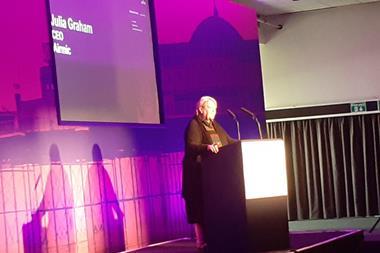Commercial property insurer FM Global is using predictive analytics to create a list of its riskiest insured facilities, with improving accuracy

FM Global is using its data to come up with a list of those insured locations most likely to face losses, adding predictive analytics to its traditional focus on hard data from its teams of risk engineers.
The commercial property insurer has built up 70 million points of data, with 700 per site visit from its teams of engineers. “We send engineers to visit clients’ plants every year and they collect a lot of data,” said Adriano Lanzilotto, client service manager for FM Global’s London operations.
Engineers ask the same questions of clients to help build data, he noted, as well as specific ones tailored to the individual assets. “We have that pool of data, so we decided to use it in a new way, to look forward and to predict,” said Lanzilotto.
While the mutual insurer’s engineers are used to running physical tests to create standards to share with the insured, FM Global is now making much greater use of mathematical models for its data.
“We’re using polynomial regression to tell us, looking at losses in the past, whether a facility has a high chance of a loss,” said Lanzilotto.
FM Global has been doing this for the past few years, getting progressively better correlations, according to Lanzilotto. The insurer produces a top 1,000 list of those locations with the highest exposure to loss, making up about 2% of the insurer’s book.
“From our 2017 list, 43% of those facilities did experience a loss event, making them 15 times more likely to experience a loss than the aggregate,” Lanzilotto said. “If not this year, it’s likely to be the following year, and we’re expecting our correlation to improve,” he added.
In the UK, Lanzilotto’s area of responsibility, the correlation is even better than the average. “We had 12 losses, excluding those arising from natural catastrophe, and ten of those were on the list.”
Some risk managers have baulked at seeing their locations on the top 1,000 list, he suggested, so some reassurance is necessary that it does not reflect poor risk management or risk mitigation efforts, but “inherently risky” assets.
Another challenge comes from the amount of recommendations that can come out of the reports produced by FM Global’s engineers. “If it’s good, there might be one or two, if it’s less good, there might be 30-40,” said Lanzilotto.
“Risk managers tend to ask: ‘which recommendations should we focus on?’ It could be the cheapest to implement or the most damaging risks. Predictive analytics, adding an element of relative frequency, helps with those conversations,” he added.




















No comments yet